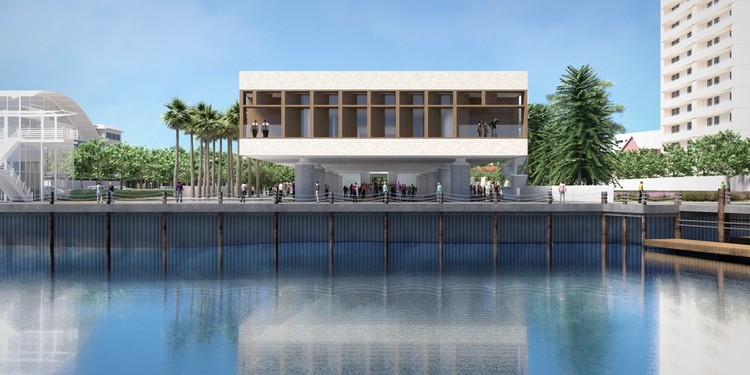The Latinos in Heritage Conservation (LHC) was founded in 2014 by a group of heritage practitioners, advocates, scholars, and students to serve as a national network to support the preservation of Latinx spaces in the U.S.
The Mellon Foundation awarded the LHV $750,000, and it granted them access to hire their first executive director Sehila Mota Casper. With their new hire, they also plan to use the money towards growing their office by hiring new people. After developing a bigger staff, they plan on advocating for the inclusion of Latinx heritage and equitable access to historical preservation on local, state, and national levels.
The Latinx heritage and their communities have been often misunderstood and disproportionately preserved compared to other ethnic and cultural sites, and the LHC wants to focus on changing that.
Original post by Priya Chhaya/People Saving Places
Read more here:
https://savingplaces.org/stories/looking-to-the-future-with-the-latinos-in-heritage-conservation#.YppklxPMIUo









